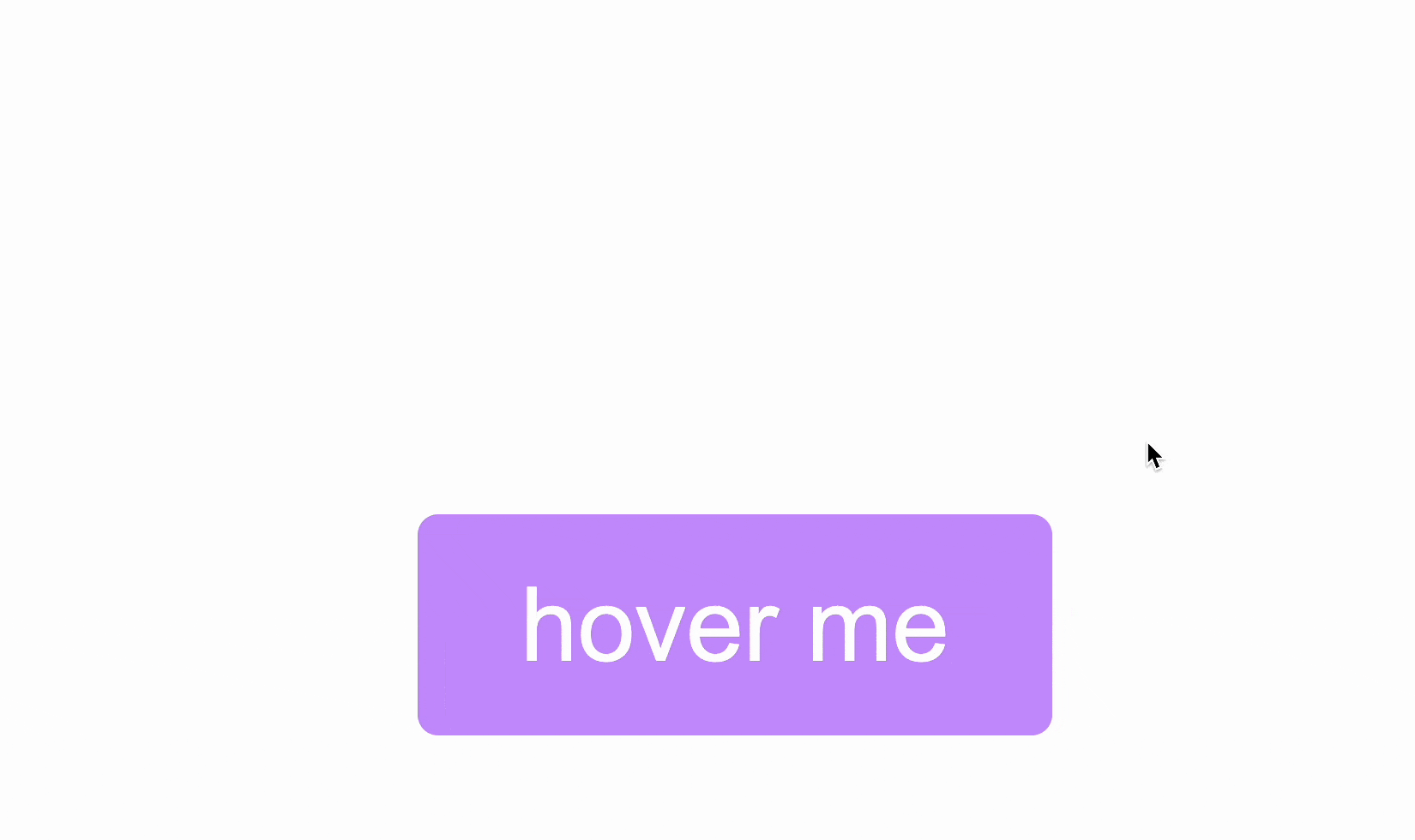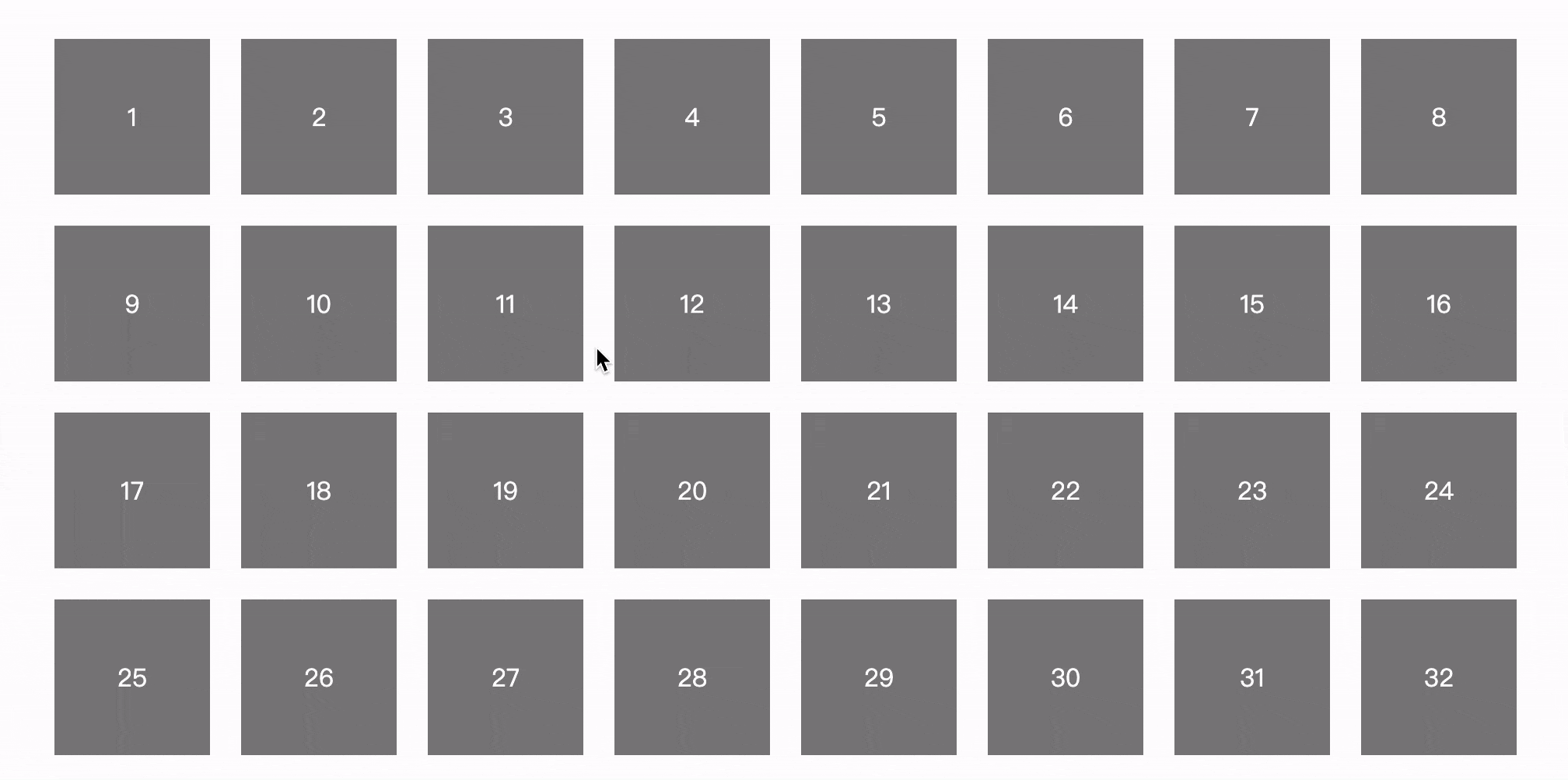Welcome to my public account: front-end detective
In daily work, timers are used in many occasions, such as delayed loading, timed query, etc., but the control of timers is sometimes a little troublesome, such as mouse move in to stop, move out and start again. This time, I will introduce a few methods to better control the timer with CSS. Let’s learn about it together. I believe it can bring a different experience.
1. Hover delay trigger
There is such a scene, when the mouse hovers on an element 1s , the event will be triggered, and the dissatisfaction 1s will not trigger. Frequent trigger events. If it is implemented with js , it may be like this
var timer = null
el.addEventListener('mouseover', () => {
timer && clearTimeout(timer)
timer = setTimeout(() => {
// 具体逻辑
}, 1000)
})is this correct? Wait, this is not over yet, this is only a delay, it will still be triggered after the mouse leaves, and the timer needs to be canceled when the mouse leaves
el.addEventListener('mouseout', () => {
timer && clearTimeout(timer)
}) In addition, when using mouseout also need to consider the dom nested structure , because these events will still fire in the process of 父级 -> 子级 , in short, there will be a lot of details , it is easy to trigger by mistake.
Now the turning point is coming. If you borrow CSS, you can effectively avoid the above problems. As follows, first add a delay to the element that needs to be triggered transition
button:hover{
opacity: 0.999; /*无关紧要的样式*/
transition: 0s 1s opacity; /*延时 1s */
} Only one insignificant style is needed here. If opacity has been used, it is possible to use other ones, such as transform:translateZ(.1px) , which is also feasible. Then add the listener transitionend method
GlobalEventHandlers.ontransitionend - Web API Interface Reference | MDN (mozilla.org)
el.addEventListener('transitionend', () => {
// 具体逻辑
}) This is the end of it. No timer, no cancellation, and no need to consider dom structure, perfect realization.
The following is a small example, after hover is triggered after a period of time alert
The principle is the same as above, the complete code can be viewed online demo: hover_alert(runjs.work)
🤔If you encounter such a need in the future, you can stop and think about it. Many interactions related to mouseover can be implemented in this way.2. Long press trigger event
Long press is also a relatively common requirement, which can be well differentiated from click events, thus giving more interactive capabilities.
However, there is no such event in the native js . If you want to implement a long press event, you usually need to use a timer and a mouse press event, as follows
el.onmousedown = function(){
this.timer && clearTimeout(this.timer);
this.timer = settimeout(function(){
//业务代码
},1000)
}
el.onmouseup = function(){
this.timer && clearTimeout(this.timer);
} It is a timer and a timer cancellation scenario, which is similar to the previous example, and can also be implemented with CSS. Since it is a mouse press, it can be associated with :active , so it can be implemented in this way
button:hover:active{
opacity: .999; /*无关紧要的样式*/
transition: opacity 1s; /*延时 1s */
} Then listen again transitionend method
el.addEventListener('transitionend', () => {
// 具体逻辑
})Is it very convenient? The following is a small case that has been done before, which realizes long-press trigger element selection
The complete code can be viewed online demo: long press the box to select (runjs.work)
3. Carousel and Pause
Let’s look at a more interesting example, the carousel.
Usually the carousel will play automatically, and then the mouse hover will pause the carousel. The usual practice is like this
function autoPlay(){
timer && clearInterval(timer)
timer = setInterval(function(){
// 轮播逻辑
}, 1000)
}
autoPlay()
view.onmouseover = function(){
timer && clearInterval(timer)
}
el.onmouseout = function(){
autoPlay()
}It is the cancellation and setting of the timer again. It is too annoying to bind a bunch of events. Can you change it? Of course you can, with CSS animations, everything is easy to do.
Different from the previous one, here is setInterval , which can be triggered repeatedly, so what can be repeatedly triggered in CSS? That's right, CSS animations !
When the number of CSS animation settings is infinite , it can loop infinitely, which is very similar to this timer effect, and can directly pause and play the animation through :hover . To monitor the trigger of each animation, you can use animationiteration this method, which means that each animation is triggered once
GlobalEventHandlers.onanimationiteration - Web API Interface Reference | MDN (mozilla.org)
So implementing this way of thinking is
.view {
animation: scroll 1s infinite; /*每1s动画,无限循环*/
}
.view:hover{
animation-play-state: paused; /*hover暂停*/
}
@keyframes scroll {
to {
transform: translateZ(.1px); /*无关紧要的样式*/
}
} Then listen for animationiteration event
view.addEventListener("animationiteration", () => {
// 轮播逻辑
}) Did you leave out most of the js code? It is also easier to understand and control.
The following is a carousel implemented by animationiteration instead of setInterval
The complete code can be viewed online demo: css_banner(runjs.work)
Fourth, to summarize
The above are a few alternatives where you may not need a timer. Compared with timers, CSS has more advantages in controlling the start and pause of timers. Let's summarize
-
:hovercooperate withtransitiondelay,transitionendmonitoring can realize mouse trigger effect after delay -
:activewithtransitiondelay,transitionendmonitor can achieve long-press trigger effect - CSS animation settings
infinitepost-couplinganimationiterationmonitoring can achieve periodic triggering effect - The console animation can be paused and played directly through
:hover
Of course, not only the above cases can be used, anyone who interacts with CSS ( :hover , :active ) with similar functions can think in this direction, is it possible to achieve more elegant? 🤔
Finally, if you think it's good and helpful to you, please like, bookmark, and forward ❤❤❤
Welcome to my public account: front-end detective




**粗体** _斜体_ [链接](http://example.com) `代码` - 列表 > 引用。你还可以使用@来通知其他用户。